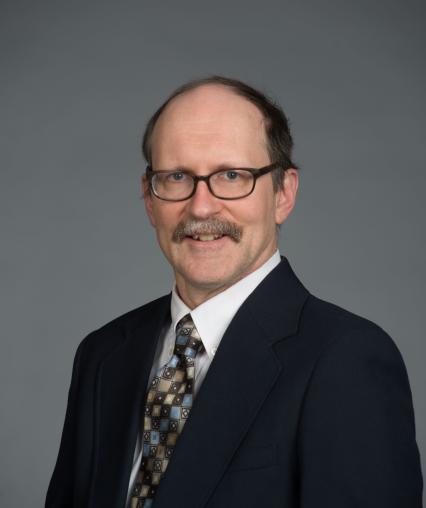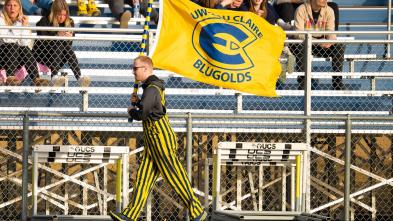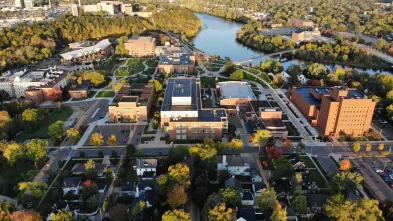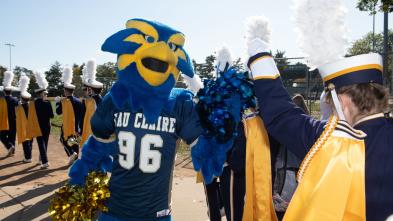Geology and Environmental Science Department
Can You Dig It?
Geology is defined as the scientific study of the origin, history, and structure of the Earth, and nearly everything we utilize each day has something to do with the Earth. We rely on clean water for healthy life and recreation, and protecting water resources and the environment are core aspects of geology. Our lives require daily use of energy and minerals, and geological science is of paramount importance in locating resources, extracting them from the Earth efficiently and having the least possible impact on the environment.
Majors and Minors in Geology and Environmental Science
Whether your goals are to pursue a career in industry, governmental regulatory agencies, education, or a career in scientific research, a degree in geology from UW-Eau Claire will be a step above the rest. Our field-based curriculum gives students the opportunity to do geologists' work from the first entry-level course. If you enjoy the outdoors and the environment, math, chemistry, and science, you’re in the right place.
Meet the Faculty



Justthe
facts
Blugold Stories
Geology and Environmental Science Department
Phillips Science Hall 157
101 Roosevelt Avenue
Eau Claire, WI 54701
United States



















